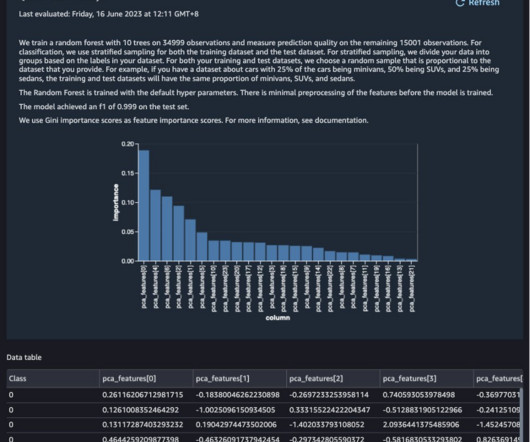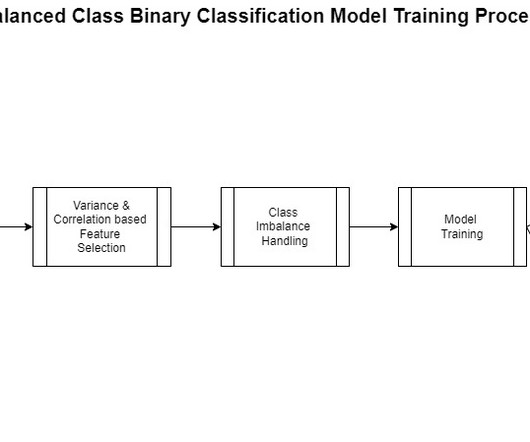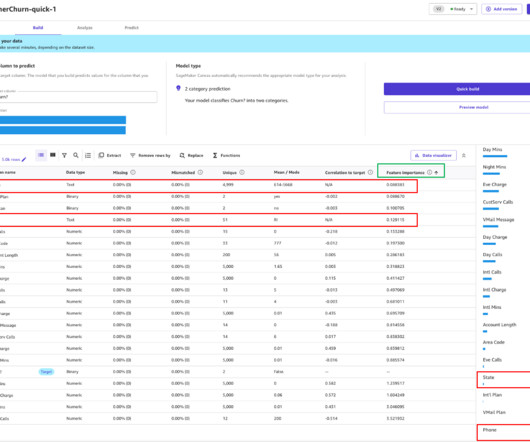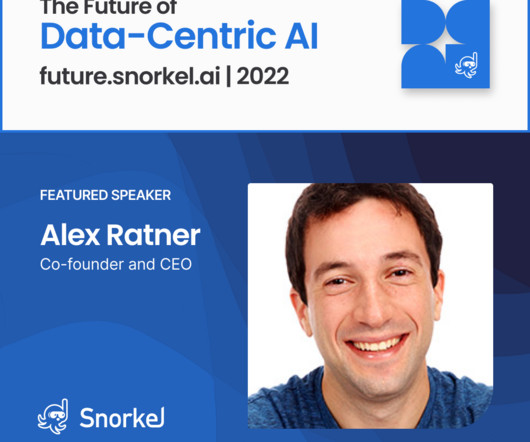MLOps Landscape in 2023: Top Tools and Platforms
The MLOps Blog
JUNE 27, 2023
Learn more The Best Tools, Libraries, Frameworks and Methodologies that ML Teams Actually Use – Things We Learned from 41 ML Startups [ROUNDUP] Key use cases and/or user journeys Identify the main business problems and the data scientist’s needs that you want to solve with ML, and choose a tool that can handle them effectively.














Let's personalize your content